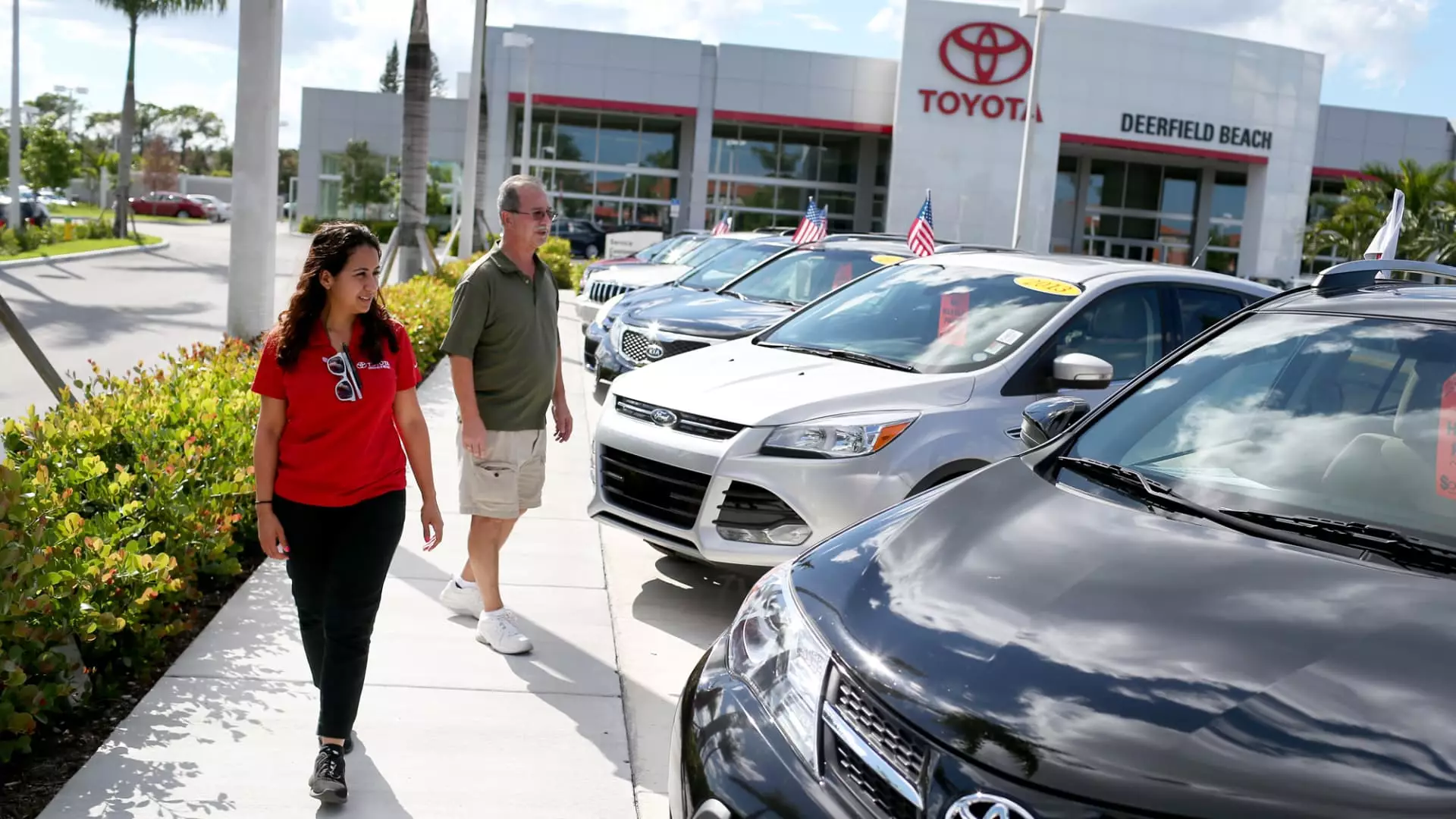The recent news of inflation easing has sparked discussions around potential interest rate cuts by the Federal Reserve. The consumer price index saw a dip in June for the first time in over four years, signaling positive data for the Fed to consider reducing interest rates. With the economy showing signs of cooling down, Greg McBride, a chief financial analyst at Bankrate.com, suggests that this could be the trigger for the Fed to initiate rate cuts, providing relief to households facing high borrowing costs after a series of interest rate hikes in recent years.
The Federal Reserve officials have signaled a plan to cut the benchmark rate in 2024 once and an additional four times in 2025. While the federal funds rate directly impacts banks’ borrowing and lending activities, consumers also feel the ripple effect through their daily financial transactions. Leslie Tayne, an expert in debt relief, advises consumers to reassess their spending habits and explore options to maximize their financial growth in the current scenario.
One of the key strategies to consider with a rate cut is the potential decrease in prime rate, leading to lower interest rates on variable-rate debts like credit cards and adjustable-rate mortgages. Additionally, private student loans tied to various rate indexes will also witness a drop in interest rates with the Fed’s actions. McBride recommends homeowners with ARMs to wait for an opportune moment to refinance to capitalize on the reduced rates.
Impact on Savers
While borrowers stand to benefit from lower interest rates, savers face the brunt of diminishing returns on their investments. The rates on savings accounts and CDs are projected to decline, prompting experts to advise locking in the current high returns before the opportunity diminishes. Howard Hook suggests exploring higher-yielding money market funds to maximize returns in a declining rate environment.
Considerations for Major Purchases
For individuals planning significant purchases like homes or cars, the timing of the transaction becomes crucial in a fluctuating interest rate scenario. Waiting for lower interest rates could translate to substantial savings over the life of the loan. Mortgage rates have started to decline, making it an attractive time for potential homebuyers, although the influx in demand could drive prices higher.
Navigating Auto Loans
Auto loans have been impacted significantly by inflation, leading to higher financing costs and vehicle prices. While interest rates play a role in the overall cost of an auto loan, consumers can potentially benefit more by improving their credit scores to secure better terms. McBride highlights the importance of focusing on factors beyond interest rates to optimize loan agreements.
The easing of inflation has initiated a shift in the financial landscape, with implications for both borrowers and savers. It is essential for consumers to stay informed about the changing interest rate environment and explore strategies that align with their financial goals and circumstances. As the Federal Reserve continues to monitor economic indicators, individuals can leverage the evolving interest rate scenario to make informed decisions about their investments and borrowing practices.

